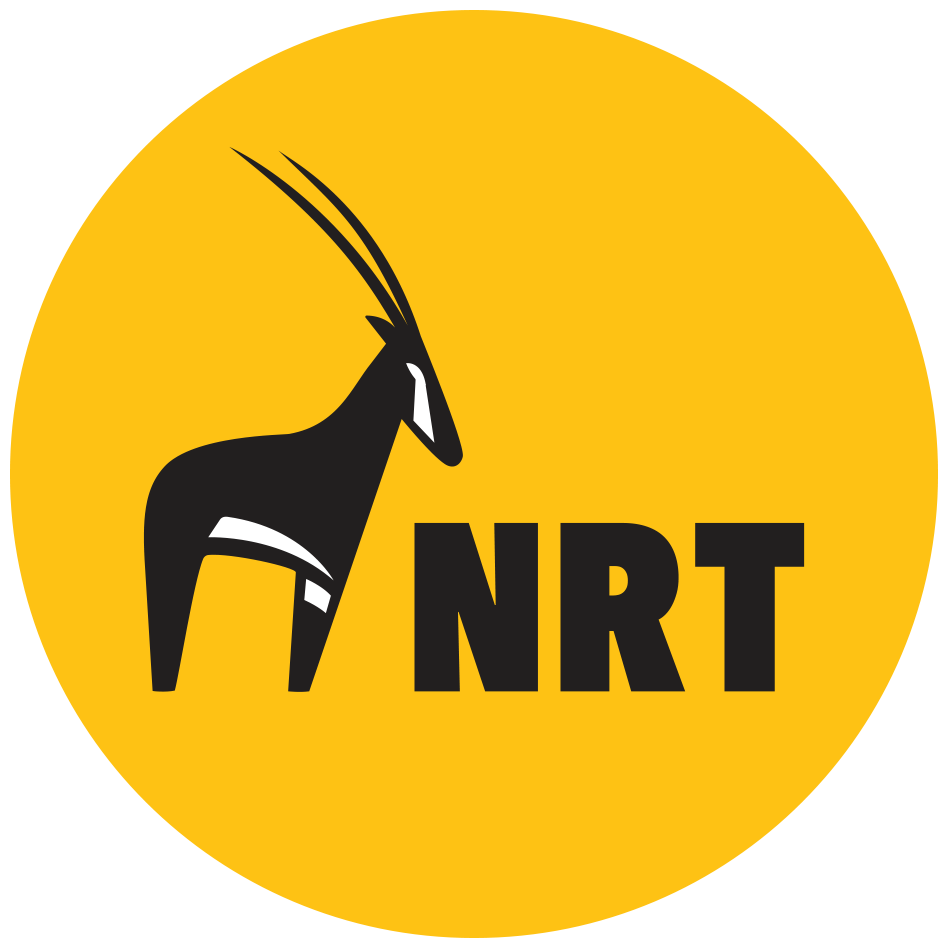United for Carnivore Conservation
A one-day carnivore conservation workshop was held in Kalama Conservancy on March 15th that brought together representatives from five community conservancies, NGOs and government. As carnivores continue to be persecuted across Kenya, the workshop focused on ways to reduce human/wildlife conflict with pastoral communities.
For centuries both livestock and predators have shared plains and plateaus across the world. It has always been an uneasy relationship, but as populations and livestock numbers grow in many of these habitats, the conflict between predators and livestock owners has become more of a challenge.
Kalama HQ's resident oryx also attended the meeting, although they were probably slightly less keen on carnivore conservation!
For the communities grazing their livestock across the rangelands of northern Kenya, it is no different. Cattle, camels, sheep and goats prop up the economy of this region, represent the sole source of income for thousands of households, and dictate settlement patterns. But livestock also represents easy prey for the lions, hyenas, leopards, cheetahs and wild dogs that share this landscape. These predators can wipe out entire flocks in one sitting, destroying livelihoods and the communities' tolerance for carnivores.
A cheetah with a sheep kill in Laikipia
The Carnivore Workshop held in Kalama Community Conservancy was the first of its kind and was funded by National Geographic and The Rufford Foundation. Members of the host conservancy welcomed peers from Westgate, Namunyak, Sera, and Meibae community conservancies, as well as representatives from the county government-run Samburu National Reserve. NGOs Action for Cheetah Kenya and Ewaso Lions were also in attendance, as were members of National Museums of Kenya and the University of Nairobi.
Top of the agenda was human-wildlife conflict, and the issue of compensation for livestock owners when animals are lost to predators.
"If this issue is not discussed and no action is taken, the silent persecution will continue" says NRT's Senior Research & Monitoring Officer Antony Wandera. "The lack of compensation by the central government seems to be the primary concern for communities, and this workshop was useful to disseminate information on this subject and dispel anxiety."
The 2013 Wildlife Act recommends compensation for loss of life and property from wildlife. But the high financial implications of this have made it difficult for authorities to implement, causing many livestock owners to take matters into their own hands when predation occurs. This is contributing to declining predator numbers across Samburu County - Antony reports that there are only an estimated 200 lions left across 250,000 sq km of the area.
Wild dog in Kalama Conservancy
In the meeting, pastoralists called for an insurance scheme, saying they were willing to pay premiums in return for compensation for livestock lost to carnivores. They saw this as a way to prevent financial losses and therefore enable them to support carnivore conservation through their conservancies. Currently, there are very few such schemes accessible.
"For local communities to fully conserve all wildlife, compensation for loss of livestock (our property) to wildlife is a must," said the Chairman of Namunyak Conservancy. "We will not wait for the government to come to our aid. We are ready and willing to pay for insurance that will pay us back should we lose our livestock to carnivores - this is for the future of lion, leopard, cheetah, wild dog and hyena - they are also our wildlife."
Next steps resulting from the meeting are being discussed with conservancies, NGOs and government, but for Antony, the fact that the silence has been broken on this most pressing issue is a reason to celebrate.




